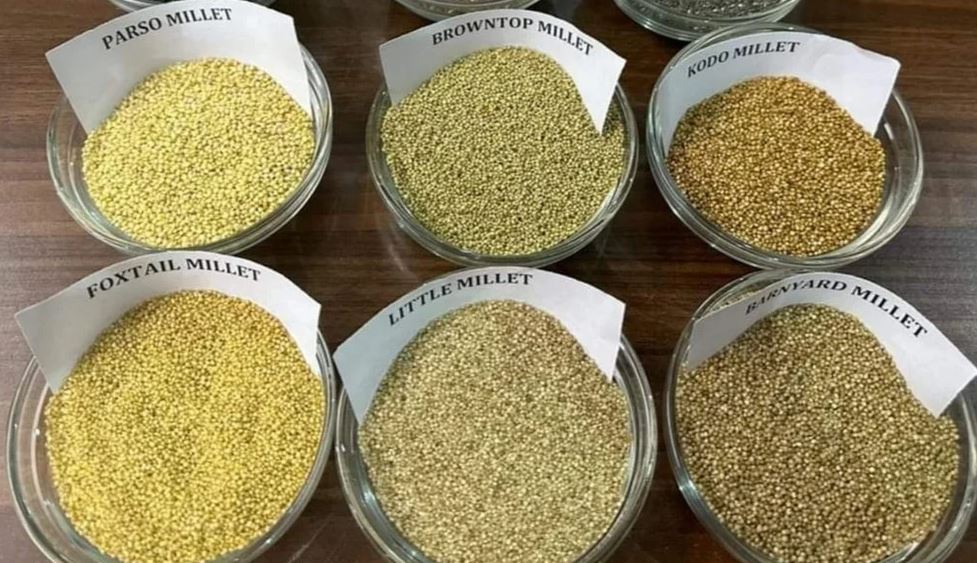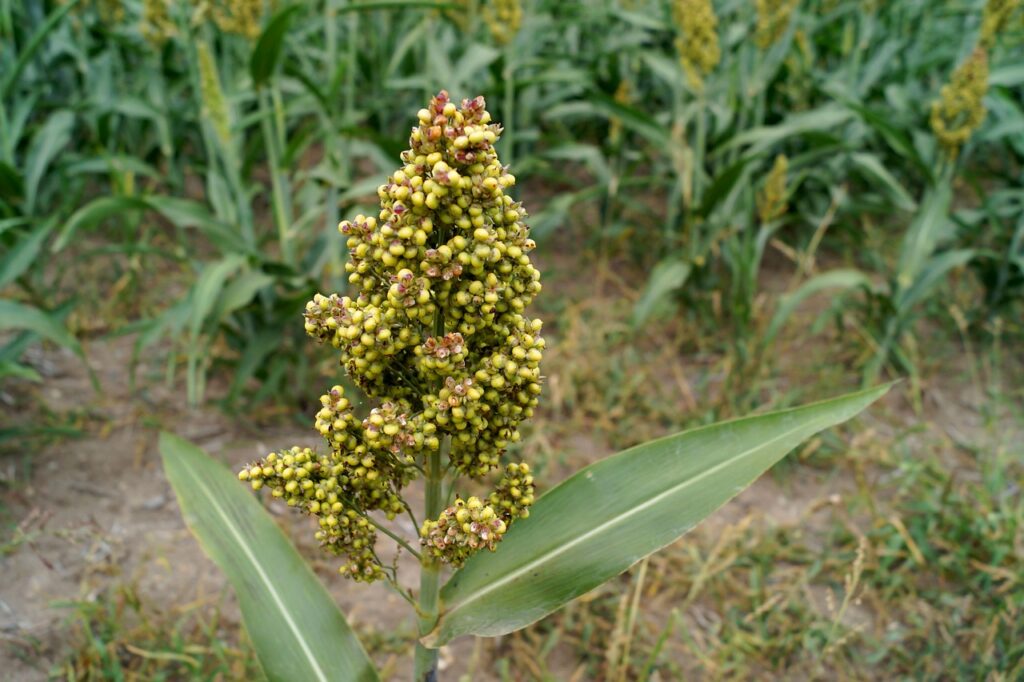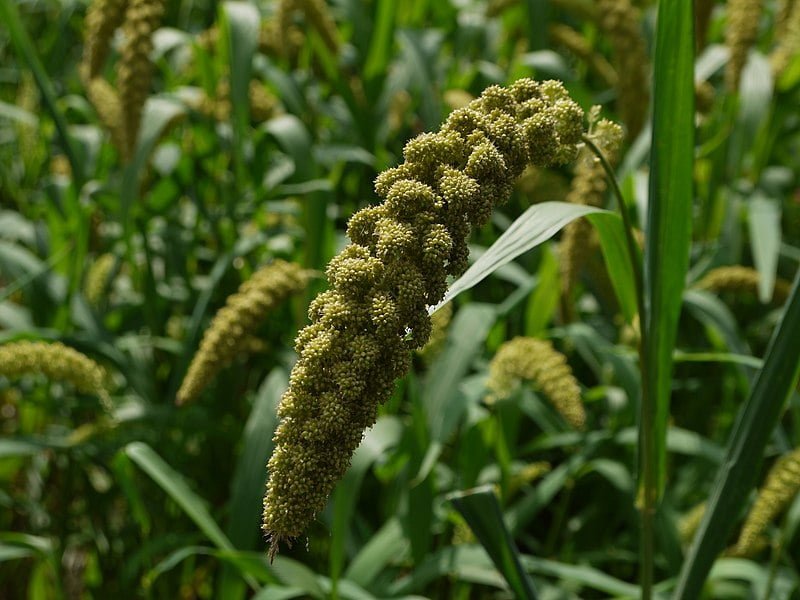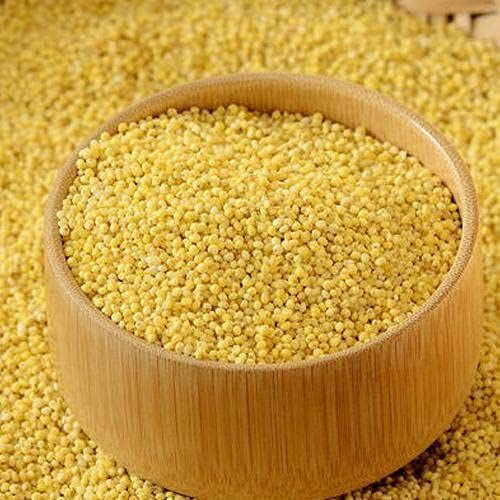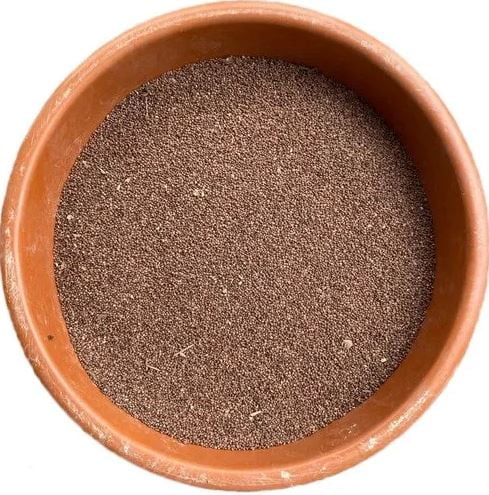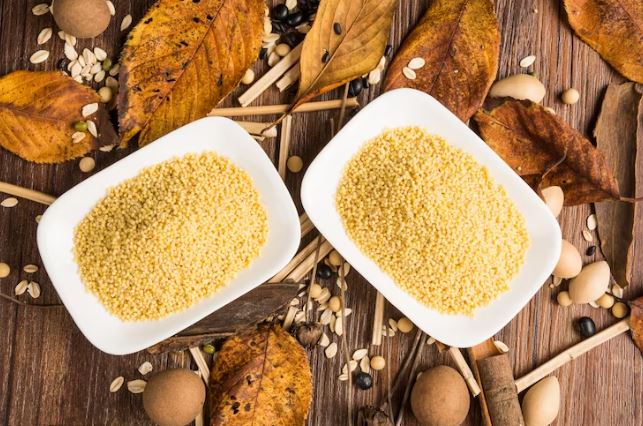Millet: Nature’s Nutrient-Rich Grains
In the realm of wholesome and nutritious foods, Millets stand tall as a remarkable group of grains that have captured the attention of health-conscious individuals worldwide. These ancient grains, celebrated for their outstanding nutritional value and diverse culinary uses, have rightfully earned their place as dietary superstars. Let’s take a closer look at the marvels of these small grains , their benefits, properties, and the myriad ways they can enrich our lives.
The Millet Marvel
These are a group of small-seeded grains that have been cultivated for thousands of years across various cultures and regions. From the arid landscapes of Africa to the fertile plains of Asia, millets have thrived and sustained generations with their abundance of nutrients and adaptability.
Nutritional Benefits
The nutritional prowess of millets is nothing short of extraordinary:
High Fiber Content: They are an excellent source of dietary fiber, promoting healthy digestion, satiety, and a balanced gut microbiome.
Rich in Vitamins and Minerals: These grains are packed with essential vitamins and minerals, including B-vitamins, iron, magnesium, and phosphorus.
Gluten-Free Goodness: They are naturally gluten-free, making them a safe and nutritious option for those with gluten sensitivities.
Antioxidant Power: Some, like kodo, boast antioxidant properties that aid in neutralizing harmful free radicals.
Protein Powerhouses: It contain a notable amount of protein, contributing to muscle growth and overall bodily functions.
Exploring Medicinal Properties
Beyond their culinary appeal, millets also offer potential health benefits:
Diabetes Management
In diabetes management, incorporating millets with low glycemic indices, such as barnyard millet, can be highly beneficial for stabilizing blood sugar levels. Barnyard, known for its slow digestion and gradual release of glucose into the bloodstream, helps prevent rapid spikes in blood sugar after meals.
This makes it an excellent choice for individuals with diabetes or those looking to maintain balanced blood sugar levels. By opting for nutrient-rich millets like barnyard millet, people can enjoy a wholesome and sustainable approach to managing their diabetes while still relishing tasty and diverse food options.
Heart Health
When it comes to heart health, the inclusion of millets in one’s diet can make a significant difference. The abundant fiber content in millets helps in reducing cholesterol levels and promoting healthy digestion, both of which are crucial for cardiovascular well-being. Additionally, millets are rich in antioxidants that combat oxidative stress and inflammation, common factors in heart disease.
Their impressive nutrient profile, including vitamins, minerals, and essential fatty acids, further supports heart health by contributing to optimal functioning and maintenance of the cardiovascular system. By incorporating it into one’s dietary routine, individuals can proactively enhance their heart health and work towards a resilient and robust cardiovascular future.
Weight Management
Millets offer a promising avenue for effective weight management. With their high fiber content, millets promote a feeling of fullness and satiety, curbing overeating and aiding in portion control. The gradual release of energy from millets also helps maintain stable blood sugar levels, preventing sudden spikes and crashes that can trigger unhealthy food cravings.
Furthermore, the nutrient density of millets ensures that essential vitamins and minerals are supplied while managing calorie intake. By incorporating millets into a balanced diet, individuals can harness their weight management benefits, fostering a healthier and more sustainable approach to achieving and maintaining a desired weight.
The Nutritional Treasures of 5 Siridhanyaalu: Ancient Grains for Modern Health
In recent years, there has been a growing trend towards embracing traditional and nutritious foods. One such category that has gained significant attention is “siridhanyaalu“. These ancient grains are packed with nutrients, possess unique properties, and offer a wide range of health benefits. Let’s delve into the world of these lesser-known grains and discover their advantages, properties, uses, and potential medicinal properties.
1. Foxtail Millet (Korralu)
Benefits: Foxtail is a powerhouse of dietary fiber, which aids digestion and helps maintain a healthy gut. It also contains essential minerals like iron and magnesium, contributing to overall well-being.
Properties: This small, yellow grain has a mild nutty flavor and is gluten-free, making it suitable for those with gluten sensitivities.
Uses: Foxtail can be used to prepare dishes like upma, pongal, and porridge. It serves as a healthier alternative to refined grains.
Method of Use: To cook foxtail, rinse it thoroughly, and then cook it like rice in a 1:2 ratio of water.
Medicinal Properties: Its high fiber content can aid in managing weight and regulating blood sugar levels.
2. Little Millet (Samalu)
Benefits: Little is rich in B-vitamins, especially niacin (Vitamin B3), which is crucial for metabolism and skin health. It also contains phosphorus, supporting bone health.
Properties: With a mild, nutty taste, this grain is easy to incorporate into various dishes.
Uses: Little can be used to make salads, rice dishes, and even desserts. It’s a versatile substitute for rice.
Method of Use: Wash and cook little in a 1:2.5 ratio of millet to water for a fluffy texture.
Medicinal Properties: The niacin content contributes to cardiovascular health and can help lower cholesterol levels.
3. Barnyard Millet (Oodalu)
Benefits: Barnyard has a low glycemic index, making it suitable for diabetics. It’s also a good source of dietary fiber, promoting satiety and digestive health.
Properties: Its texture is similar to rice, and it has a slightly nutty flavor.
Uses: Use barnyard to prepare pulao, dosa, and porridge. It’s an excellent replacement for rice in traditional recipes.
Method of Use: Cook barnyard in a 1:2.5 ratio of water, similar to cooking rice.
Medicinal Properties: Its low glycemic index can aid in managing blood sugar levels, and the fiber content supports weight management.
4. Kodo Millet (Arikalu)
Benefits: Kodo is rich in antioxidants, supporting the body’s defense against free radicals. It’s also a good source of protein, making it beneficial for muscle repair and growth.
Properties: It has a slightly nutty flavor and a texture similar to rice.
Uses: Kodo can be used in various traditional dishes and can also be popped like popcorn for a healthy snack.
Method of Use: Cook kodo in a 1:2.5 ratio to water for optimal results.
Medicinal Properties: Antioxidants help protect cells from damage, potentially reducing the risk of chronic diseases.
5. Proso Millet (Varigalu)
Benefits: Proso is rich in B-vitamins, promoting energy production and brain health. It’s also a good source of iron, supporting oxygen transport in the body.
Properties: With a mild taste, proso can be used in both sweet and savory dishes.
Uses: Use proso in recipes ranging from porridge to upma and even as a rice replacement in main meals.
Method of Use: Cook proso millet in a 1:2.5 ratio of water, similar to cooking rice.
Medicinal Properties: The iron content supports red blood cell production and helps prevent anemia.
Conclusion
Incorporating these siridhanyaalu into your diet can provide a range of nutritional benefits. Their versatility, combined with their unique properties, makes them an excellent choice for those seeking healthier alternatives to refined grains. Whether you’re looking to manage your blood sugar levels, improve digestion, or boost your overall nutrient intake, these ancient grains have something to offer. Embrace the wisdom of tradition and give these minor millets a rightful place in your modern diet.
Read my other article on The Triumph Over Obesity: Gaining Insight, Overcoming Challenges, and Embracing Solutions in 2023.

